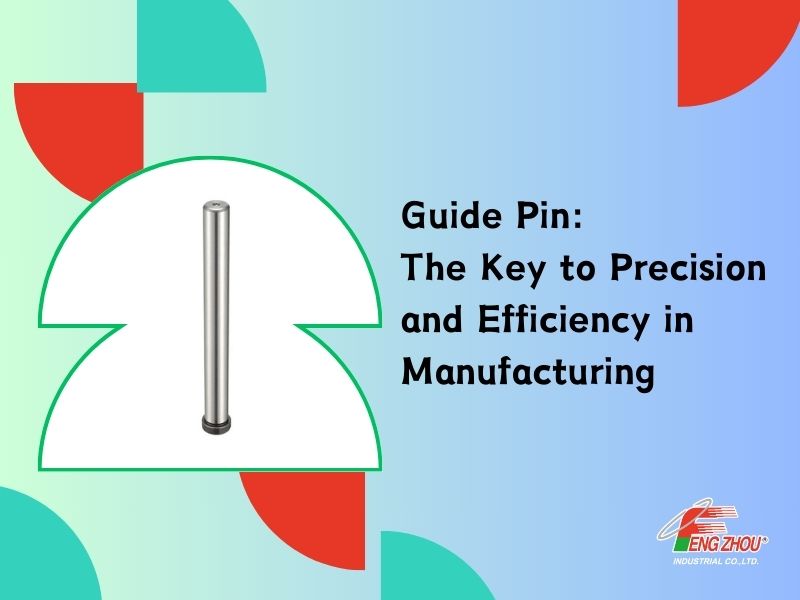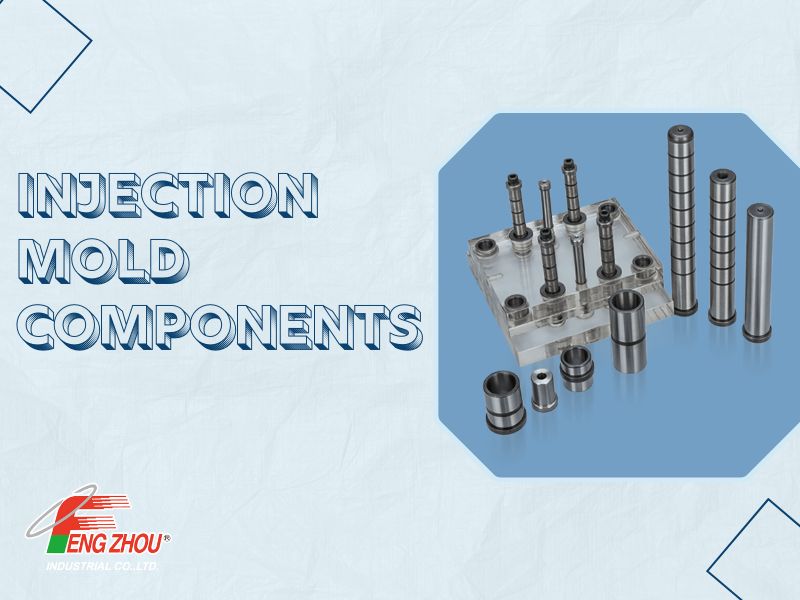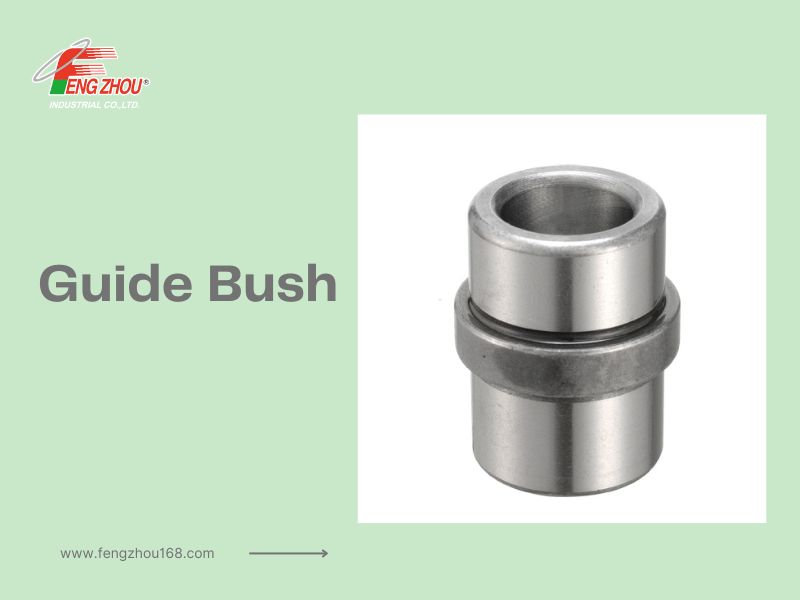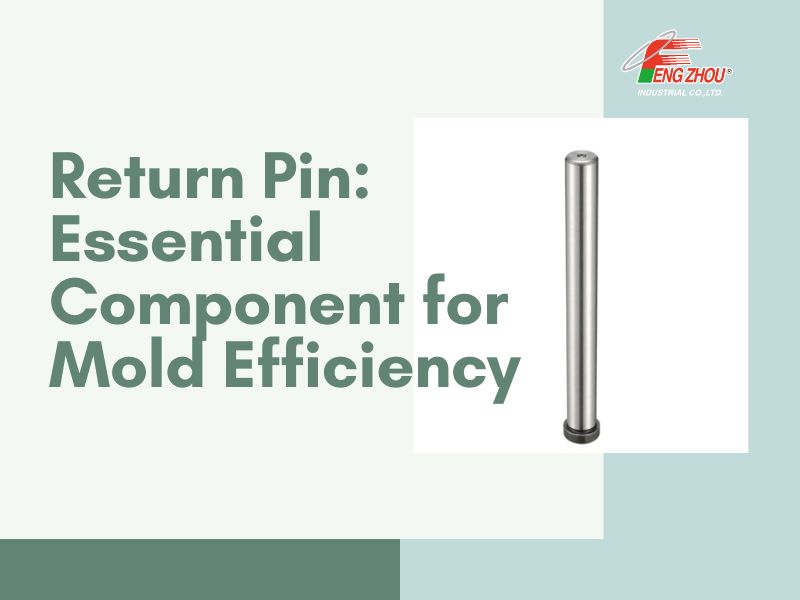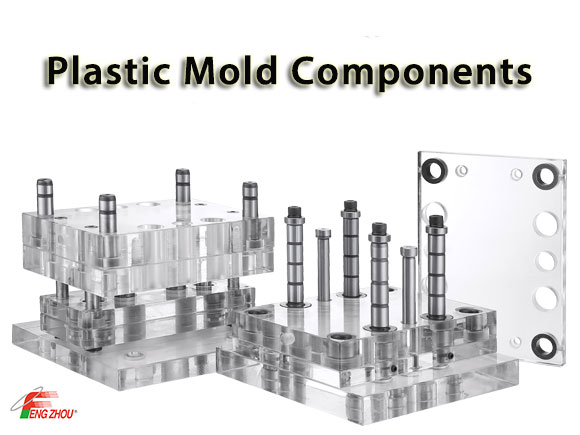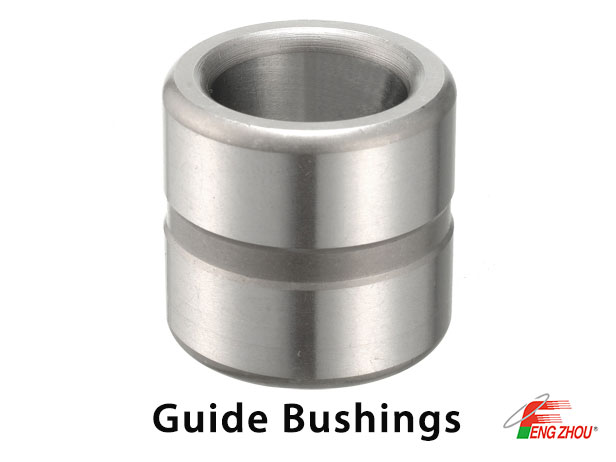
Comparing Different Materials for Guide Bushings: Which One is Best?
Guide bushings are essential components in various machinery, playing a critical role in ensuring the precision and efficiency of operations, especially in fields such as injection molding and automotive manufacturing. At FENG ZHOU INDUSTRIAL CO., LTD., we understand that the choice of material for guide bushings can significantly impact their performance and longevity. In this article, we will compare several common materials used in the manufacture of guide bushings, helping you decide which one best suits your needs.
Overview of Guide Bushing Materials
Guide bushings are typically made from materials that offer durability, wear resistance, and stability under operational stresses. The most common materials include hardened steel, bronze, stainless steel, and tool steels such as D2 or M2. Each material comes with its own set of properties that make it suitable for different applications.
Hardened Steel
Pros:
- High Wear Resistance: Hardened steel is very durable, capable of withstanding high pressures and repetitive motions without deforming.
- Cost-Effective: It is generally less expensive than other high-grade alloys and provides excellent value for its cost.
Cons:
- Corrosion Risk: Without proper coatings, hardened steel can be susceptible to rust and corrosion, especially in environments with high moisture.
Bronze
Pros:
- Low Friction Coefficient: Bronze offers excellent anti-friction properties, which reduce wear and tear on both the bushing and the component it guides.
- Corrosion Resistance: It naturally resists oxidation, making it ideal for use in corrosive environments.
Cons:
- Lower Hardness: While durable, bronze is softer than steel and may deform under extreme loads.
Stainless Steel
Pros:
- Excellent Corrosion Resistance: Stainless steel is ideal for applications exposed to corrosive substances or in humid or wet environments.
- High Strength: It maintains structural integrity under high stress and temperature variations.
Cons:
- Higher Cost: Stainless steel is more expensive than hardened steel, which might not be cost-effective for all projects.
Tool Steels (D2, M2)
Pros:
- Superior Wear Resistance: Tool steels are designed to withstand wear, making them ideal for high-wear applications.
- High Hardness: They maintain their shape and dimensions even under extreme conditions, ensuring precise guidance.
Cons:
- Brittleness: High hardness can make tool steels more brittle and susceptible to cracking under shock or extreme stress.
- Cost: They are generally more expensive than conventional steel and require special handling during manufacturing.
Additional Considerations for Material Selection
- Temperature Variations: In applications where temperature fluctuations are common, materials like stainless steel that can handle thermal expansion and contraction without losing their integrity are preferable.
- Chemical Exposure: For environments where bushings might be exposed to chemicals or other corrosive substances, corrosion-resistant materials like stainless steel or bronze are ideal.
Load and Speed Requirements
- High Load Applications: For applications that involve heavy loads, tool steels and hardened steel are often the best choices due to their superior strength and wear resistance.
- High Speed Operations: For high-speed operations where friction and heat generation are concerns, materials with low friction coefficients like bronze can help reduce wear and improve efficiency.
Maintenance and Longevity
- Maintenance Intervals: Materials that require less frequent maintenance can help reduce downtime and improve overall efficiency. For example, the wear resistance of tool steels can extend the time between maintenance checks.
- Lifespan: Investing in high-quality materials that offer longer service life can result in cost savings over time, even if the initial investment is higher.
Our Expertise in Material Selection
We leverage our extensive experience in precision engineering to select the best materials for our guide bushings. We consider not only the operational requirements of the bushing but also the overall cost-effectiveness for our clients. Our goal is to ensure optimal performance, durability, and cost efficiency.
Our Process
- Consultation: We work closely with our clients to understand their specific needs and challenges.
- Material Analysis: Based on the application requirements, we analyze and recommend the most suitable materials.
- Custom Solutions: We offer custom solutions tailored to meet the exact specifications and operational conditions of our clients.
- Quality Assurance: Our guide bushings undergo rigorous testing to ensure they meet the highest standards of quality and performance.
Conclusion
Choosing the right material for guide bushings is crucial for the success of your machinery and operations. Whether you need the rugged durability of hardened steel, the corrosion resistance of stainless steel, the low friction of bronze, or the superior wear resistance of tool steels, we can provide expert guidance and high-quality products tailored to your needs.
By understanding the specific requirements of your application and carefully selecting the appropriate material, you can ensure that your guide bushings perform reliably and efficiently. This not only enhances the performance and longevity of your equipment but also contributes to overall operational efficiency and cost savings.
For more detailed information on how we can assist you in selecting the right guide bushing material, please contact us directly. We are committed to delivering solutions that not only meet but exceed your expectations in precision engineering.
LASTEST TECHNOLOGY
